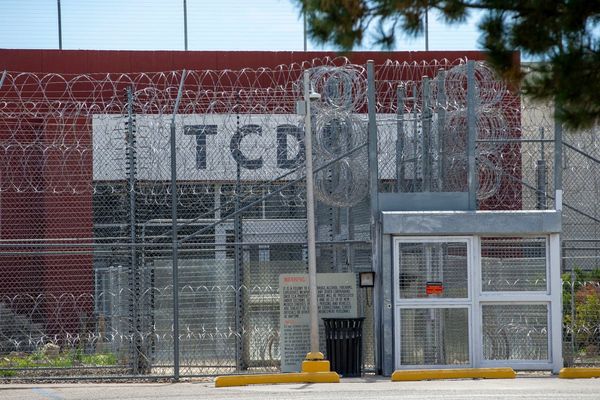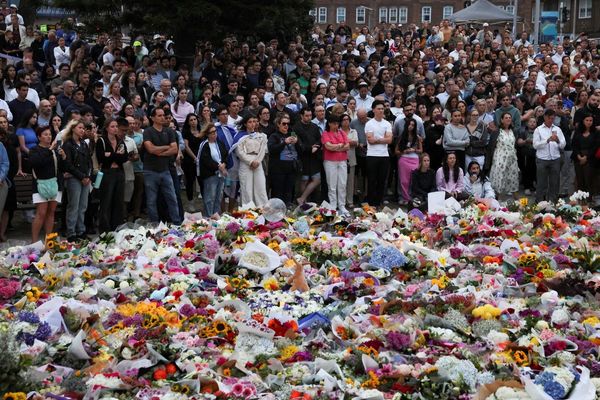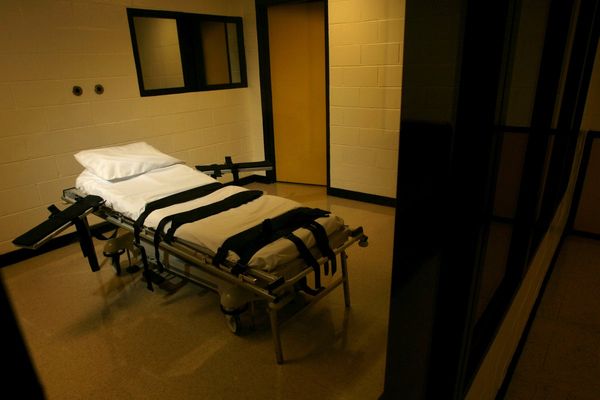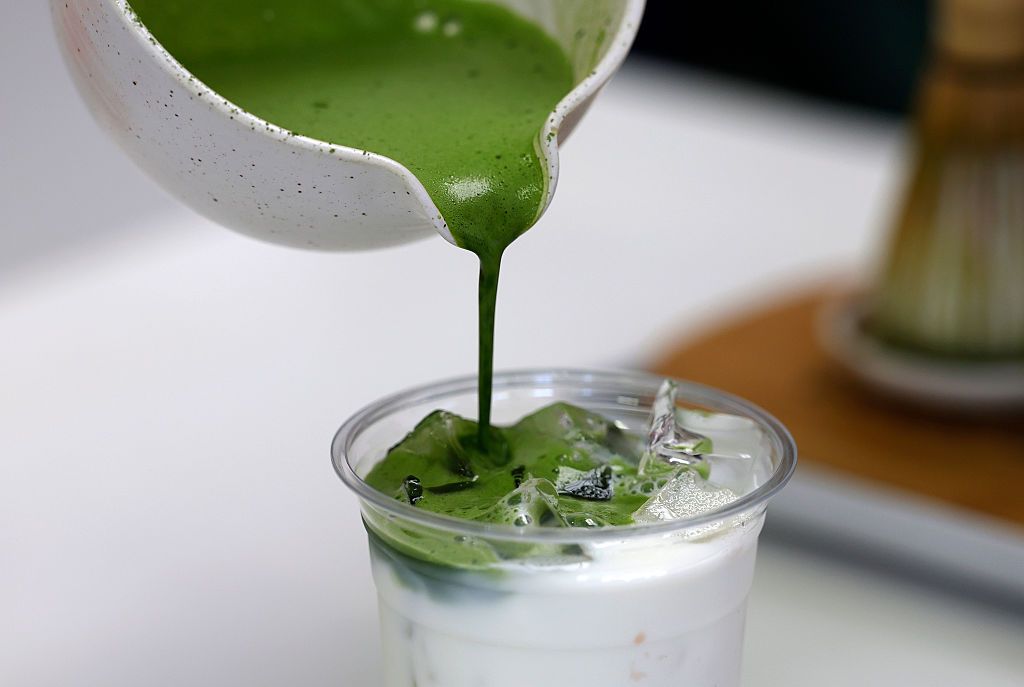
Tariffs have been a dominating topic since Donald Trump became president again. And as trade deals finalize, we're starting to get a clearer picture of how tariffs will impact prices moving forward.
Trump secured a trade deal with Japan last week that includes a 15% tariff on Japanese goods. Trump said of the agreement, "I just signed the largest trade deal in history; I think maybe the largest deal in history with Japan."
The good news, at least for Japanese automakers, is that the 15% tariffs will cover automobiles and automotive parts, which gives them an edge over other car companies that incur 25% tariffs, particularly for cars and parts made in Canada.
On the other side of the deal, Japan pledges to invest $550 billion in the U.S. to build reliable supply chains in pharmaceuticals and semiconductors, while also purchasing up to $8 billion in agricultural food. Its importers will also pay a 15% reciprocal tariff on supplies.
While leaders from both countries praise this deal, it's still a tariff, which means companies could absorb some of these costs or pass them on to you. Here are five shopping verticals that might become more expensive for you as a result of this trade policy.
Expect to pay more for your next car
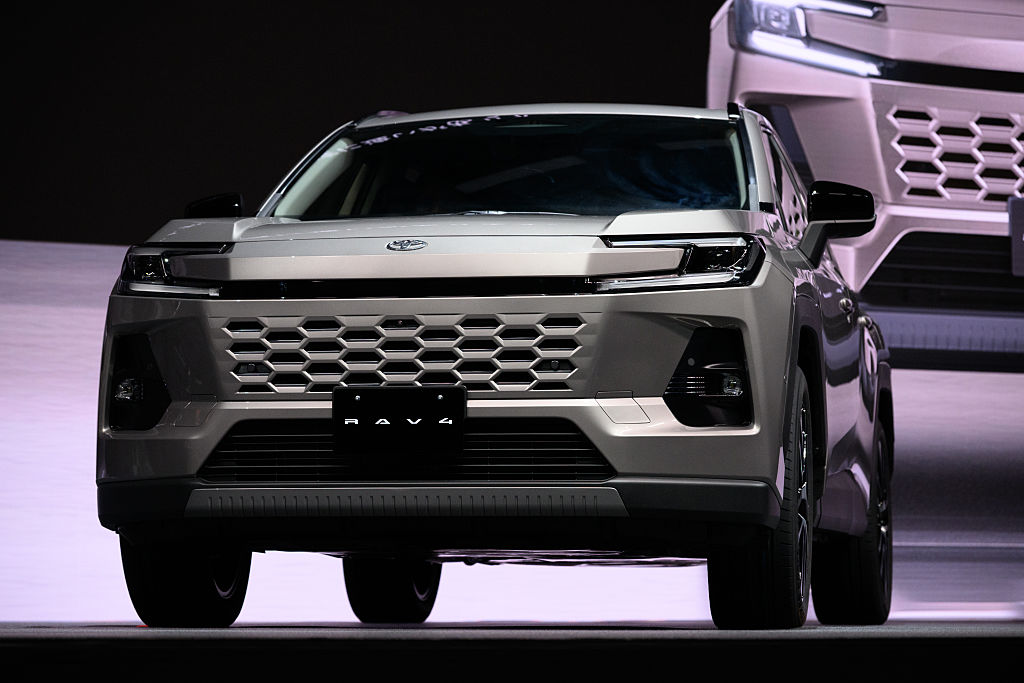
If you plan to buy a foreign vehicle made with parts from Japan, then you can expect to reap some of those extra costs. Even with the lower tariffs imposed, 15% is a substantial fee to pay to import cars overseas. And these companies won't eat all of the total costs forever.
How much will it cost you to buy a new Toyota, Nissan or Mazda? Prices could increase up to $6,000 for new vehicles, per Kelley Blue Book.
Keep in mind that not only will this impact the sticker price you'll pay, but it also impacts all other facets of owning a car, such as paying more in sales tax, financing, car repairs and insurance.
Certain TVs could become pricier

Some of the most common brands of TV, such as Sony, Panasonic, Sharp and Hitachi, come from Japan. And we're already seeing significant signs of price hikes for specific models, though these companies are not saying it's due to tariffs.
Here's an example:
When Sony released the 65-inch Bravia A80L OLED in 2023, its price was $2,500. The newest model now goes for $3,400, according to Vocal, an increase of $900. This is at a time when Tom's Guide found prices for OLED models were dropping below the $1,000 mark.
That said, there's good news to come from this: You can secure an exceptional deal on older models. Here's a Sony OLED for under $1,900, where you'll save $400:
Say cheese: Your next camera could make you smile less
Fujifilm shifted production of its X series cameras from China to Japan because of the economic uncertainty over tariffs. While Japan didn't incur a 51% combined tariff on imported goods like China does, that 15% still means higher costs, at a time when some camera companies are already raising prices.
Digital Photography Review reports that some camera makers have hiked prices due to tariffs. Cannon's average price hike was 9.7%, with price increases for models ranging from $100 to $500.
This means if you're looking for a digital camera from Fujifilm, now is the time to capitalize before price hikes go into effect:
Your next joy ride might come at a higher cost
Japan has built a reputation for its stylish and nimble motorcycles from brands such as Honda, Yamaha, Suzuki and Kawasaki. And tariffs have hit the motorcycle market hard.
Some dealers report shortages of imported motorcycles, in part due to companies waiting to see how the tariffs play out. That shortage created a buyer's frenzy for older models, while the few newer models increased between $2,000-$5,000 on average per West Coast Shipping. Expect this trend to continue moving forward.
Japanese drinks and food are expected to increase in price
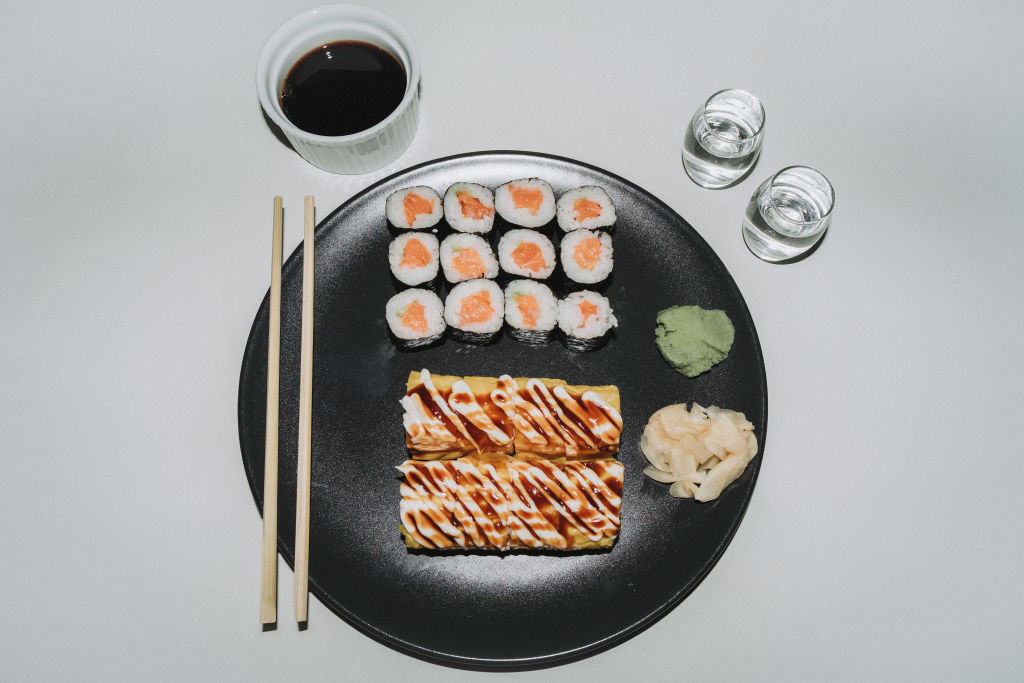
Japan exports all sorts of tasty goodies to the U.S. If you're a fan of Japanese whiskey, sake, green tea and matcha, caviar, sushi and other items, the tariffs will hit your wallet.
While it's hard to determine by how much exactly prices will increase, you can look at the big picture. The Yale Budget Lab found that the overall tariff rate customers pay is 20.2%, the highest it's been since 1911. Tariffs will cost the average household on average $2,700 more than regular expenses for 2025.
Ultimately, the 15% reciprocal tariff reached between Japan and the U.S. is far better than the original 25% proposed. On top of this, Japan's pledge of $550 billion into the U.S. economy to build supply chains in key sectors is a good thing, as it will create jobs.
At the same time, tariffs are still taxes. And someone must pay them. This means you can expect the costs of some of these goods to increase, which means now is the ideal time to secure a deal. Too bad you can't stock up on fresh sushi.

